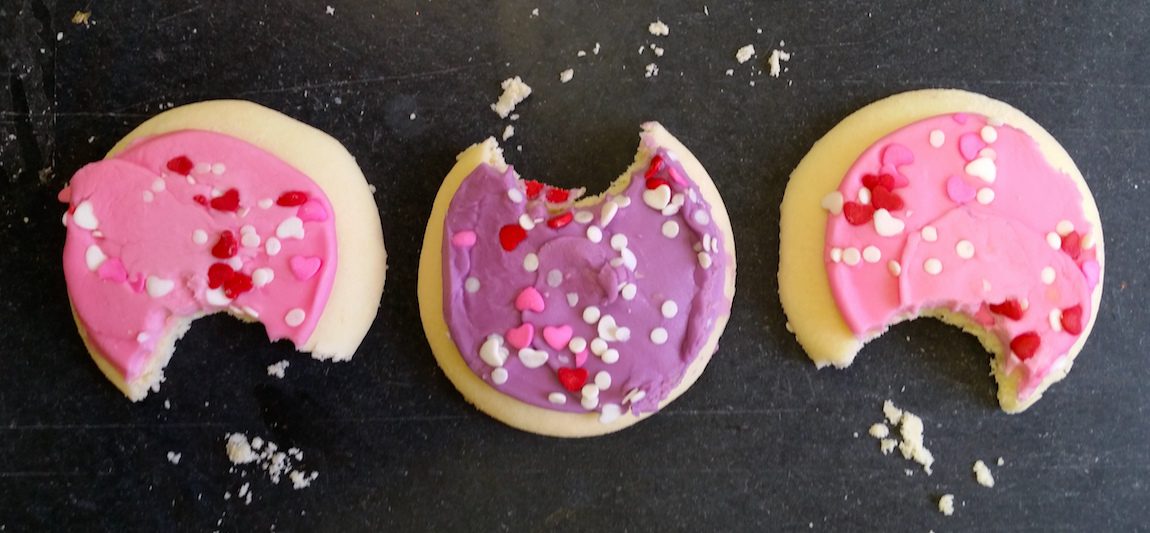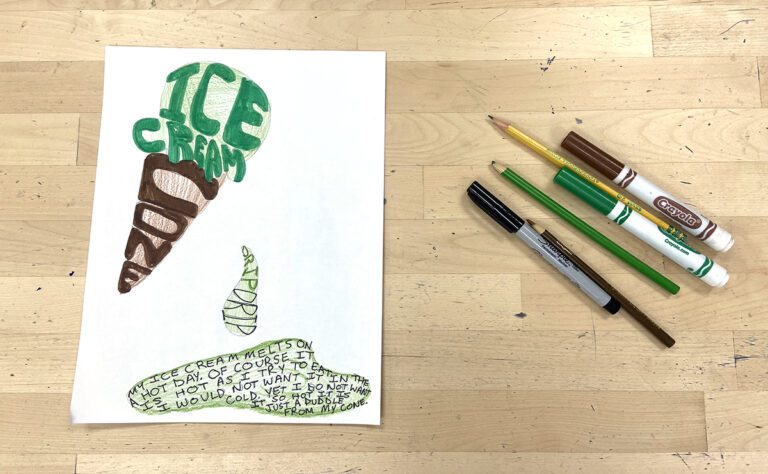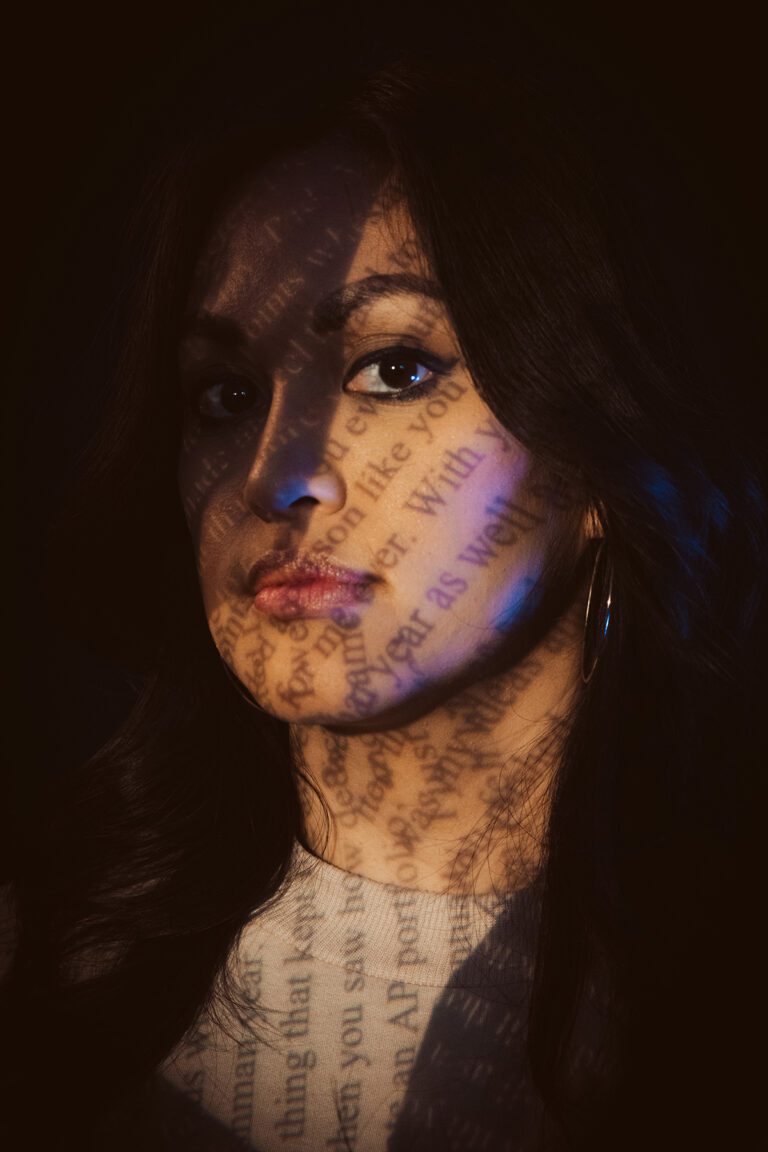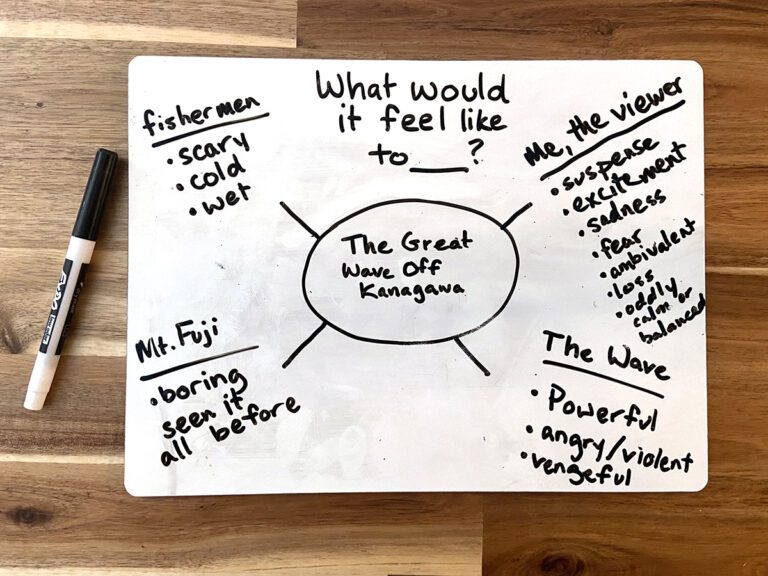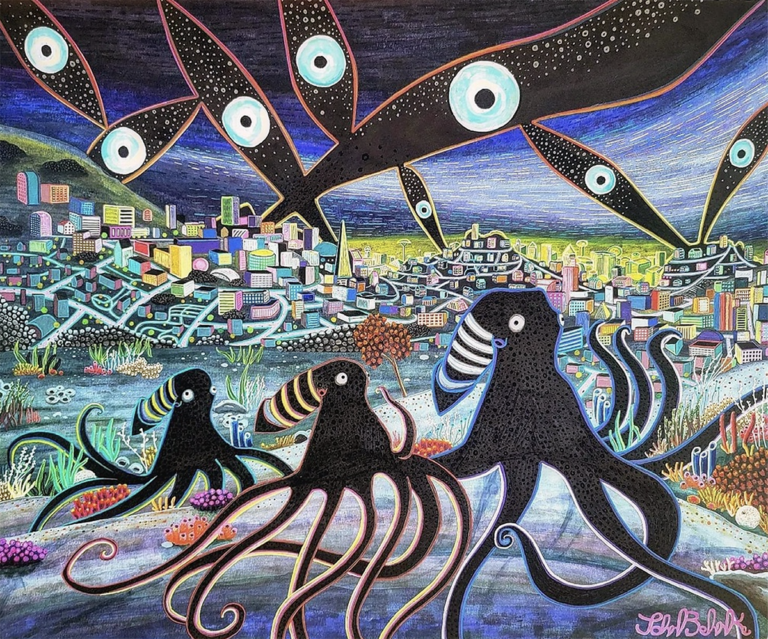Originality is integral to the value of art, but it’s hard to define and even tougher to teach. Part of the reason for this is the way our culture views original thinking like it’s a gift possessed by innovators who have mastered their craft. Many, including some art teachers, view it as something that can only be included in an art curriculum when students have progressed to the highest levels. Once they’ve learned the basics, we say, they can express their own ideas.
Unfortunately, many children never get to this point in art education. Their visual art instruction stops when it’s no longer a required class, often without ever having an opportunity to make work that is truly their own.
It’s possible to go through an art program without ever making original art, and that’s a shame.
The Effect on Students
When we have art programs that focus on the development of skills and techniques at the expense of teaching originality we sell our students short. Often, an art class works like this: the teacher plans the lesson and makes a model of the work to be created. They set out the materials then walk the students through each step. This model for teaching, so many of us use, teaches students to rely on us to make art, to follow steps we set.
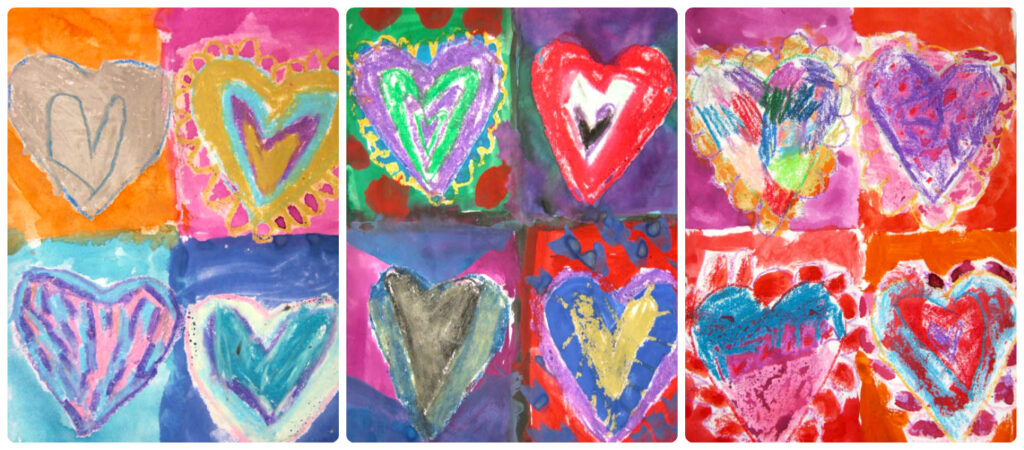
Then, when we ask our students to come up with their own ideas they can’t because they haven’t learned how. Instead, many rely on the sort of trite imagery that makes art teachers pull their hair out: corner suns, hearts, and peace signs are a few examples. We shouldn’t blame them for falling back on these sort of images; we should look at it as a sign that we are failing to do something fundamental.
We shouldn’t blame them for falling back on these sort of images; we should look at it as a sign that we are failing to do something fundamental.
How Can We Foster Originality?
If we want students who are capable of original thinking we have to do three things: believe our students are capable of coming up with good ideas, teach them how to develop these ideas into finished works of art and let them practice doing this regularly.
All art programs need to directly teach creative thinking and independent decision making. Often we think we are doing this when in reality we aren’t, we’re simply adding “display-ability” to what could be an exercise dedicated to skill building. Learning a technique isn’t art, it’s the application of technique that is. Students are individuals, with different passions, preferences and a wide variety of ability levels. If a lesson produces work that is uniform or even all about the same interpretation of a topic it is not providing enough choice to really teach creativity.
Final Thoughts
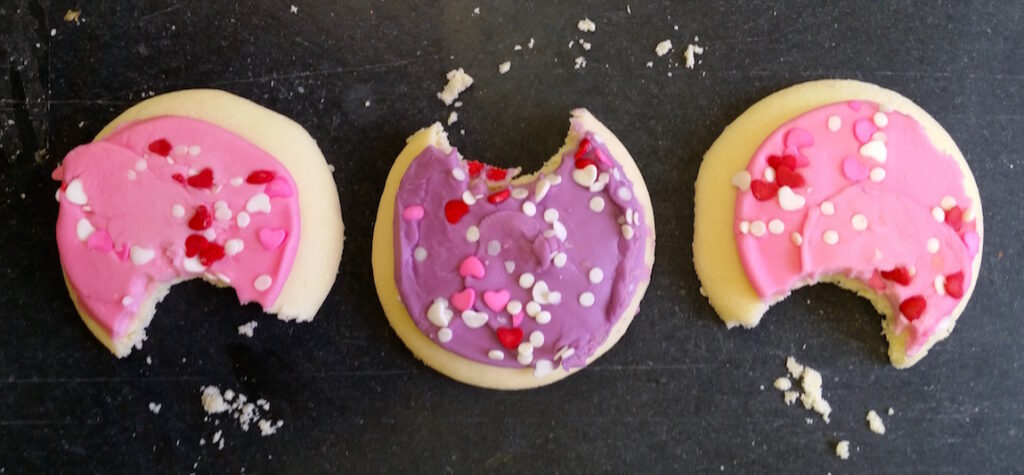
Some derisively call these uniform sort of lessons “cookie cutter art” or “recipes” because they produce such similar work. This term can be offensive, but it can also be a starting point for the sort of reflection that makes us better teachers. It can cause us to think about the pressures art teachers are under to produce artwork for decoration.
Yes, displays are valuable and important, but should schools place more importance on what’s hanging up in the hall than what’s going on in students’ minds? This is a question we all have to find our own answers to and balance in our own way. For me, the truth about cookie cutter art is this; if the work produced looks so similar you can’t tell whose is whose without looking at the name on the back, then I wonder if making it is a valuable learning experience.
What do you think? Is there merit in cookie cutter type projects?
How do you help your students create original work?
Magazine articles and podcasts are opinions of professional education contributors and do not necessarily represent the position of the Art of Education University (AOEU) or its academic offerings. Contributors use terms in the way they are most often talked about in the scope of their educational experiences.
